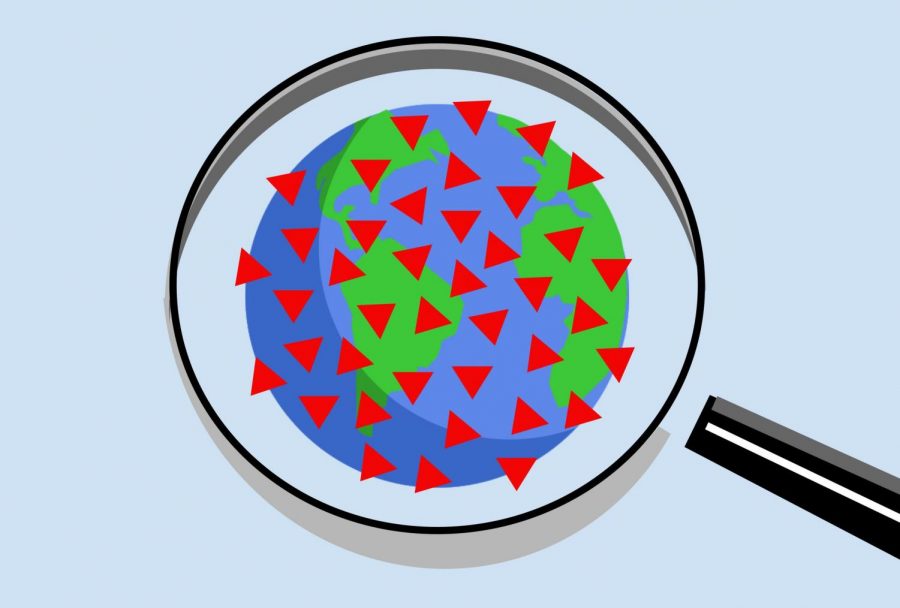Results of WHO-Led Investigation Released
February 26, 2021
The World Health Organization (WHO) released the results for its initial investigation on the origins of the COVID-19 pandemic in a press conference on February 9th, with a full written report expected to follow. The investigation was carried out by a team of ten scientists who were sent to China by the WHO in January. The team consisted of experts from multiple countries and, according to Danish WHO scientist Dr. Peter Ben Embarek, the leader of the investigation specializing in zoonosis and food safety, included “experts in different fields that are necessary to help us understand the origin of the virus.” The experts were varied with veterinarians, medical doctors, epidemiologists, virologists, and zoonosis experts along with help from counterparts in Chinese organizations brought in to form the team.
The investigation yielded no significant result in identifying the beginnings of COVID-19. It is still unknown how the virus was introduced and spread. Dr. Embarek even added during the press conference that he doesn’t think that the study “dramatically changed the picture we had before.” However, he believes that the findings of the inquiry have “improved and added details to our understanding.”
Among the things that were discussed, the team concluded that there was no significant evidence of the virus originating from the Huanan market, the previously suspected location. Dr. Embarek stated that “There was a spread [of COVID-19] among the people in the Huanan market and therefore was a setting where that kind of spread could have happened easily.” However, this is not the “whole story.” The virus was also spread by individuals who were not linked to the market, and the team was able to find evidence of wider circulation of the virus outside of the cluster outbreak in December, the month that COVID-19 was first discovered.
The popular theory that the virus originated as a result of a lab accident was also suppressed during the conference, as Dr. Embarek clarified that a leak from the Wuhan Institute of Virology was also a doubtful source of origin for the virus, as it would be “very unlikely that anything could escape [from the lab].”
The team also provided theories that COVID-19 could’ve been introduced through frozen food imports, as the virus can survive the cold conditions of food storage. However, it is still unknown whether the virus would be transferable after being exposed to such frozen conditions.
The findings from the researchers also back up the theory that SARS-COV-2 jumped from an animal to a human, as Dr. Liang Wannian, a Chinese scientist within the team, said that “the discovery of viral sequences with high homology to SARS-COV-2 suggest that SARS-COV-2 may have originated from zoonotic transmission.” Currently, the host animal of the virus is yet to be identified, and chances of finding an infected animal are incredibly low. In the words of Dr. Angela Rasmussen, a virologist at the Columbia University School of Public Health, “Finding an animal with a SARS-CoV-2 infection is like looking for a needle in the world’s largest haystack.”
While there is still a long way until the inception of COVID-19 is uncovered, this investigation has narrowed down the search with several potential source locations being marked off of the list of candidacy, and it being almost certain that the virus is a zoonotic one.











